Exfoliating is one of those things that feel essential to having beautiful, radiant skin. But the skin care experts all have different opinions on how we should be exfoliating. It’s confusing!
But no worries – I’ve got the inside scoop on everything you need to know about exfoliating. It’s time to fact check what these experts are saying.
Check out Part 1 of this series for more tips on physical and chemical exfoliators!
1. What Do Physical Exfoliants Do to The Skin?
Physical exfoliators use granules – like sugar, walnut shells, jojoba beads, or more – to buff away dead skin cells.
We like physical exfoliators because we can see and feel the dirt and dead skin being washed away.
Physical exfoliants are products that contain ingredients that mechanically slough off dead skin cells from the surface of the skin. There are a variety of different types of physical exfoliants, including scrubs, brushes, and pads.
While physical exfoliants can be very effective at improving the appearance of the skin, it is
important to use them carefully, as over-exfoliation can damage the skin. Those with sensitive
skin should only exfoliate once or twice a week, using a gentle product.
In contrast, those with oily or acne-prone skin may need to exfoliate more frequently. By understanding how physical exfoliants work and how often to use them, you can help keep your skin looking its best.
2. Does physical exfoliation tear your skin?
It depends on the ingredients and your skin, but physical exfoliators CAN potentially cause
microtears and inflammation.
Over the years, skin care brands raced to create physical exfoliants with zany and natural
ingredients – raw sugar, rice, pumice, oatmeal, botanical seeds – even diamonds! But not all of them have the same effect on the skin.
Coarse physical exfoliators irritate, scratch, and tear the skin. These harsh types of physical exfoliators should be used sparingly, and on the body rather than the face. Walnut shells and plastic polyethylene beads are both common physical exfoliators that are too coarse to be used on the face. Plastic polyethylene beads in particular are bad for the environment, too.
From my research, I’ve found that natural crystals made from natural jojoba are a great, natural alternative to harsh physical exfoliants. These soft beads self-adjust to each individual, melting into and moisturizing the skin. This also helps to not over-exfoliate or irritate the skin and can be used more frequently.
My verdict?
When using a physical exfoliator, use a very gentle or self-adjusting physical exfoliant. Physical exfoliators do an excellent job of sloughing away dead skin, especially for oily skin. But using a physical exfoliant with rough granules can cause scratching and long term damage. The best physical exfoliator is one that buffs dirt and dead skin without irritation or harsh scrubbing.
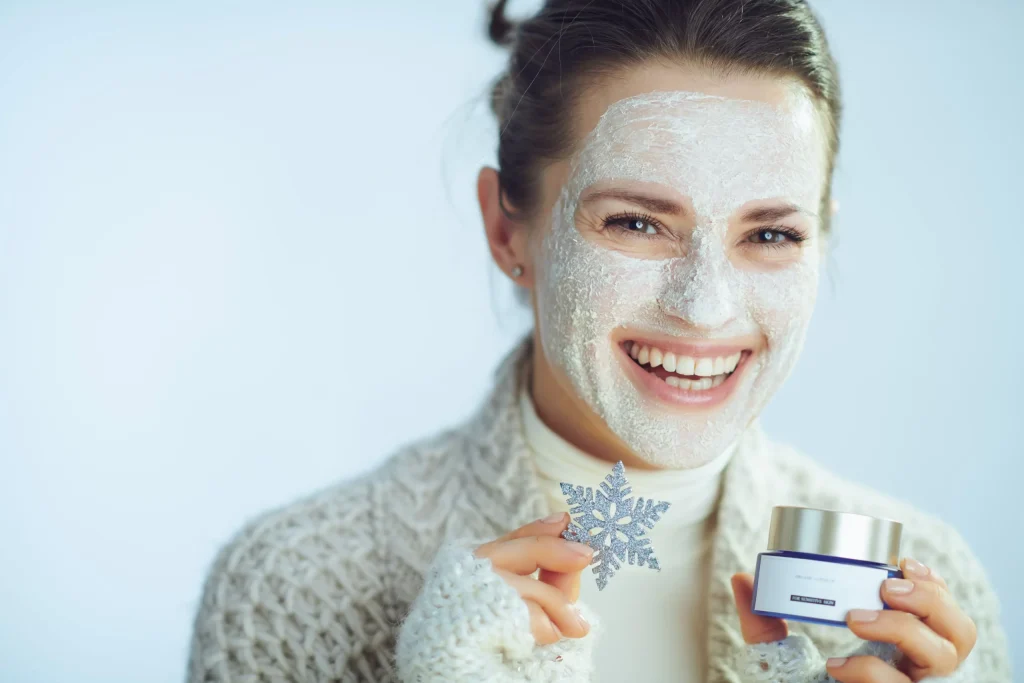
3. Physical Exfoliation vs Chemical Exfoliation: Which is Safer for Sensitive Skin?
People always ask me – “If I have sensitive skin, do I need to exfoliate?” – my answer is always,
absolutely!
It’s true that sensitive skin is much more likely to be irritated by any type of exfoliation. But it’s still important for the bonds of dead skin and dirt on sensitive skin to be dissolved.
Exfoliating sensitive skin can be challenging. There might be a bit of trial and error before figuring out what irritates your skin.
Dermatologists tend to recommend gentle chemical exfoliators instead of physical exfoliators for sensitive skin. But the truth is, the best exfoliator for sensitive skin is one that is gentle and used sparingly.
Chemical exfoliators tend to address sensitive skin issues, like rosacea. It’s just important to
remember when using chemical exfoliators for sensitive skin not to use other products with active ingredients. Doing this makes it more likely that your skin will be irritated.
If you want to try a physical exfoliator instead, I recommend products with soft jojoba beads that melt into the skin to minimize irritation and maximize hydration.
4. Physical Exfoliation vs Chemical Exfoliation for Anti-Aging
 When we are younger, the skin renewal process takes 28 days. The problem is that as we age, this process slows down.
When we are younger, the skin renewal process takes 28 days. The problem is that as we age, this process slows down.
One of the best ways to fight the signs of aging is to exfoliate regularly. Exfoliation helps to remove dead skin cells, which can make skin dull and exacerbate fine lines and wrinkles. For healthy, younger looking skin, you want to exfoliate 2-3 times a week.
Physical exfoliation mechanically removes dead skin cells from the surface of the skin. It may be more abrasive and cause irritation or redness.
Chemical exfoliants, on the other hand, loosen dead skin cells. This method tends to be gentler, but also does not always reach the deep layers of the skin.
5. Can I Use Both Physical and Chemical Exfoliant?
Yes – you can definitely incorporate both physical and chemical exfoliants into your routine!
However, I would like to first see a gentler Physical Exfoliator used a few times a week for a while.
Then, once you are comfortable with the results and are not experiencing irritation, introduce a chemical exfoliator into your regimen. Again, first use it a few times a week and then slowly increase over a six to eight week period.
The key is to find the right product and right combination that works best for you.
Shop Sensitive Skin Exfoliators for All Skin Types
I’ve gathered a variety of exfoliators for all different types of skin – all formulated by me! Shop
my selection now and get ready to see results!
Shop Chemical Exfoliators
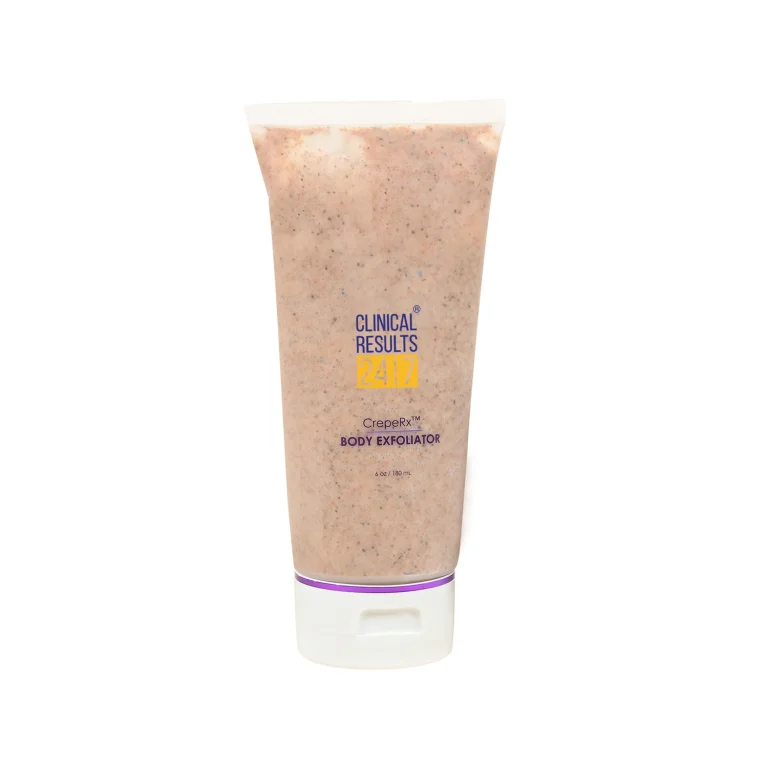
CrepeRx™ Body Exfoliator
(Clinical Results)
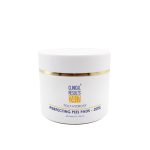
Poly-Hydroxy Perfecting Peel Pads - 20%
(Clinical Results)
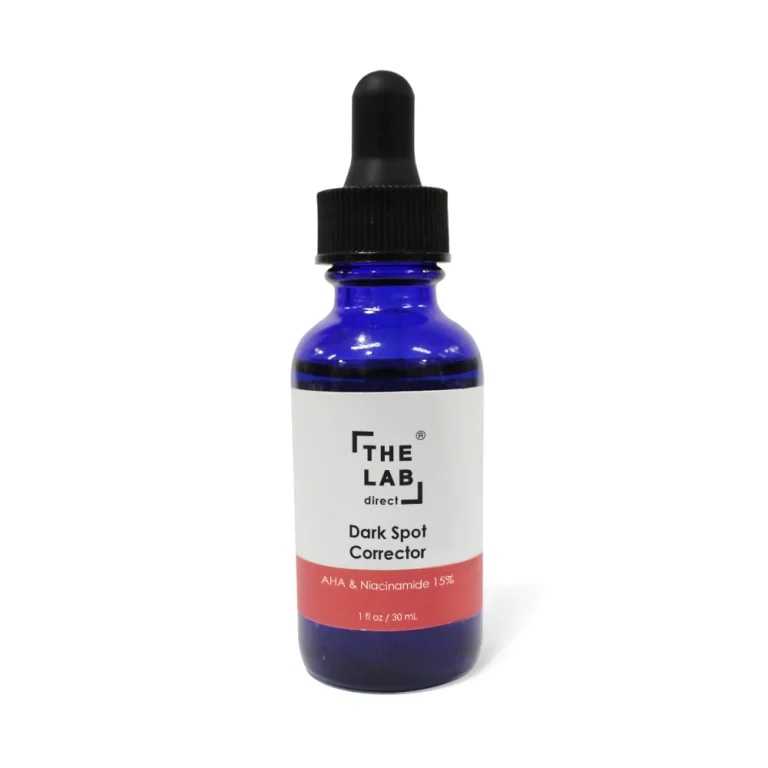
Dark Spot Corrector
(The Lab Direct)
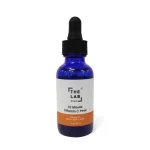
10 Minute Vitamin C Peel
(The Lab Direct)
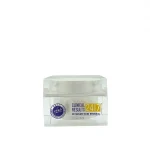
3D Minute Skin Renewal
(Clinical Results)
Shop Physical Exfoliators
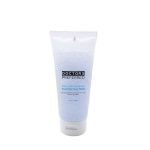
Micro-Dermabrasion Foaming Face Wash
(Doctors Preferred)
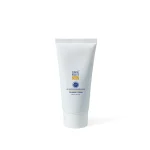
3D MicroDermabrasion Cleansing Cream
(Clinical Results)
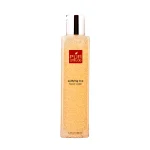
Purifying Rice Face Wash
(PUR attitude)
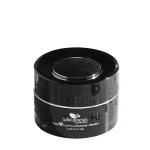
1 Carat Luminous Diamond - Brasion
(Silk Genesis)
Until next time, David

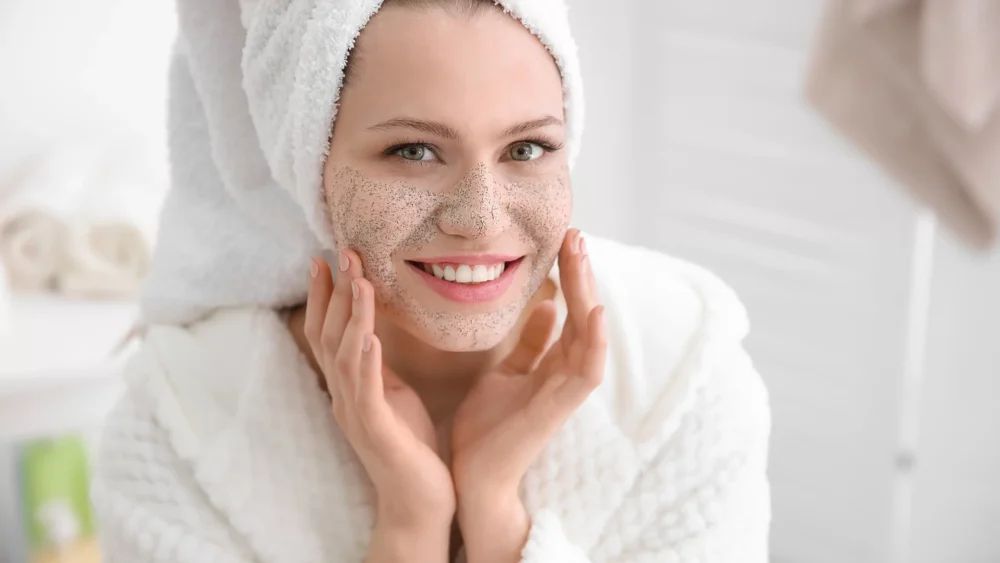

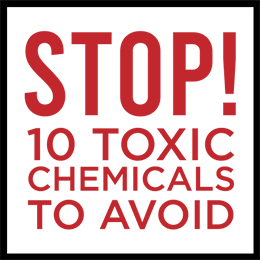

Comments are closed.